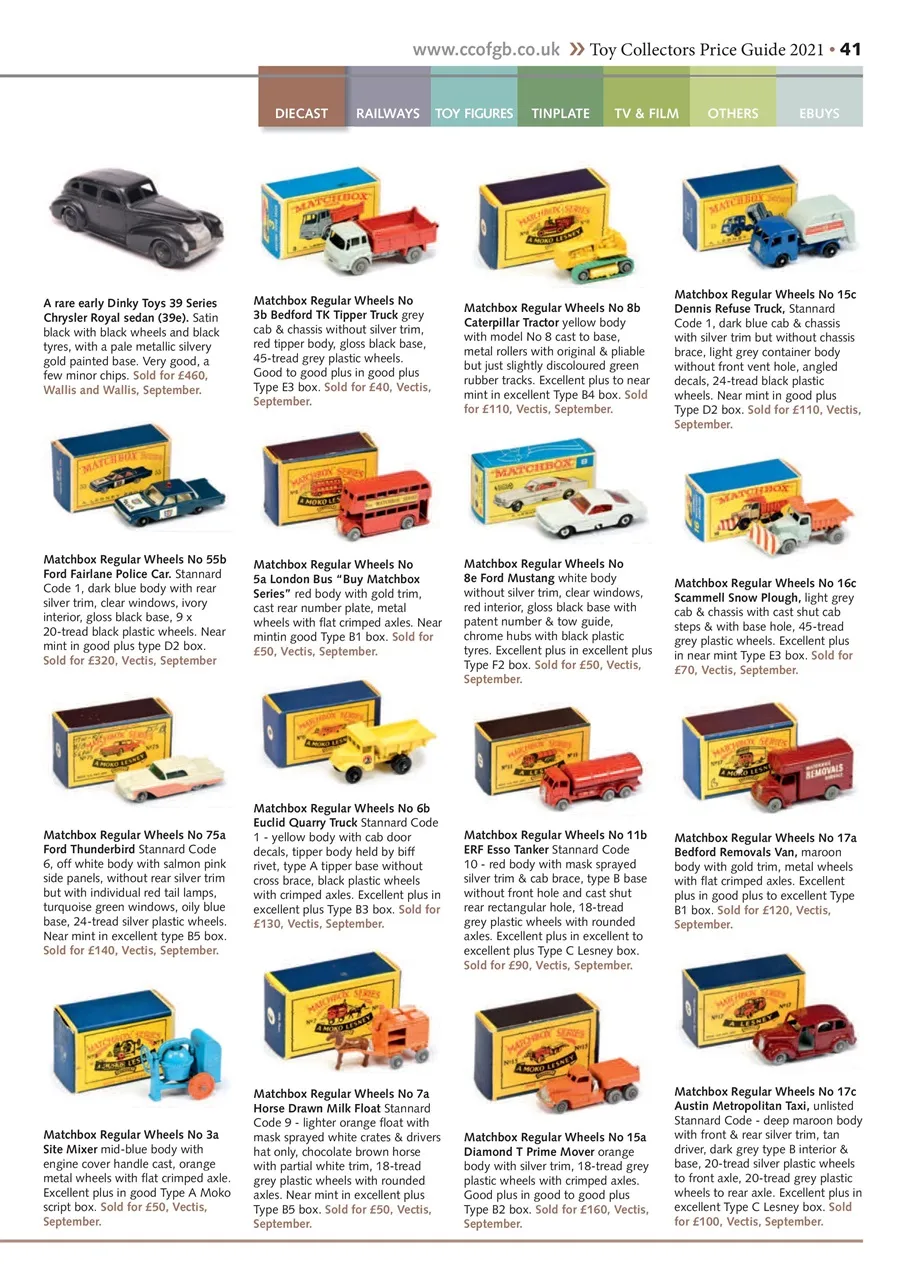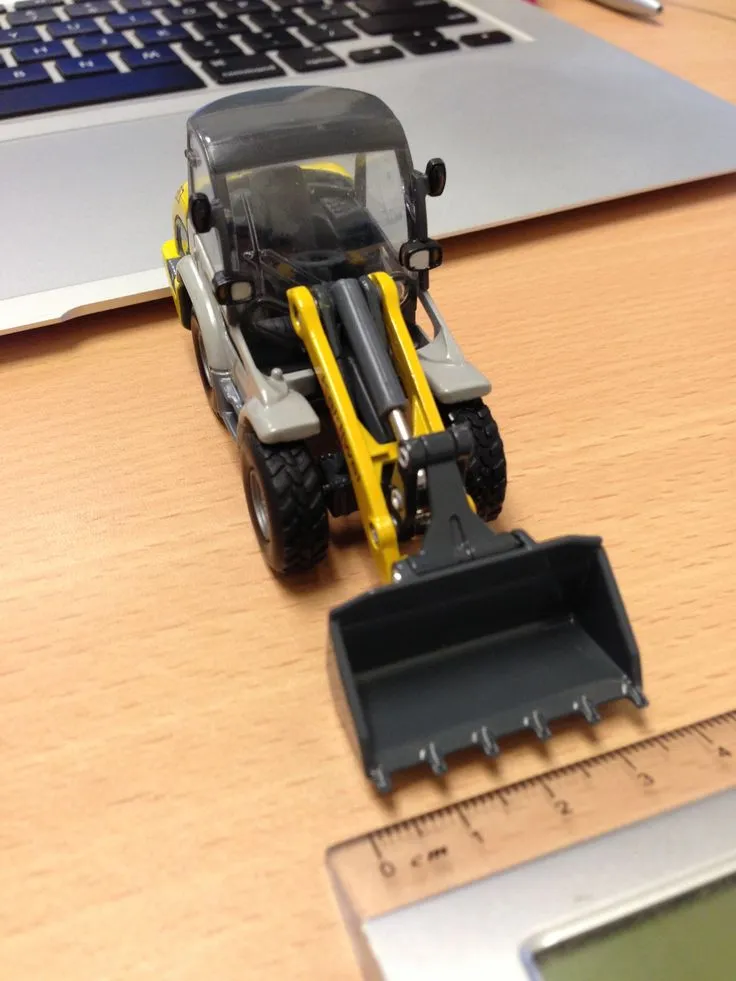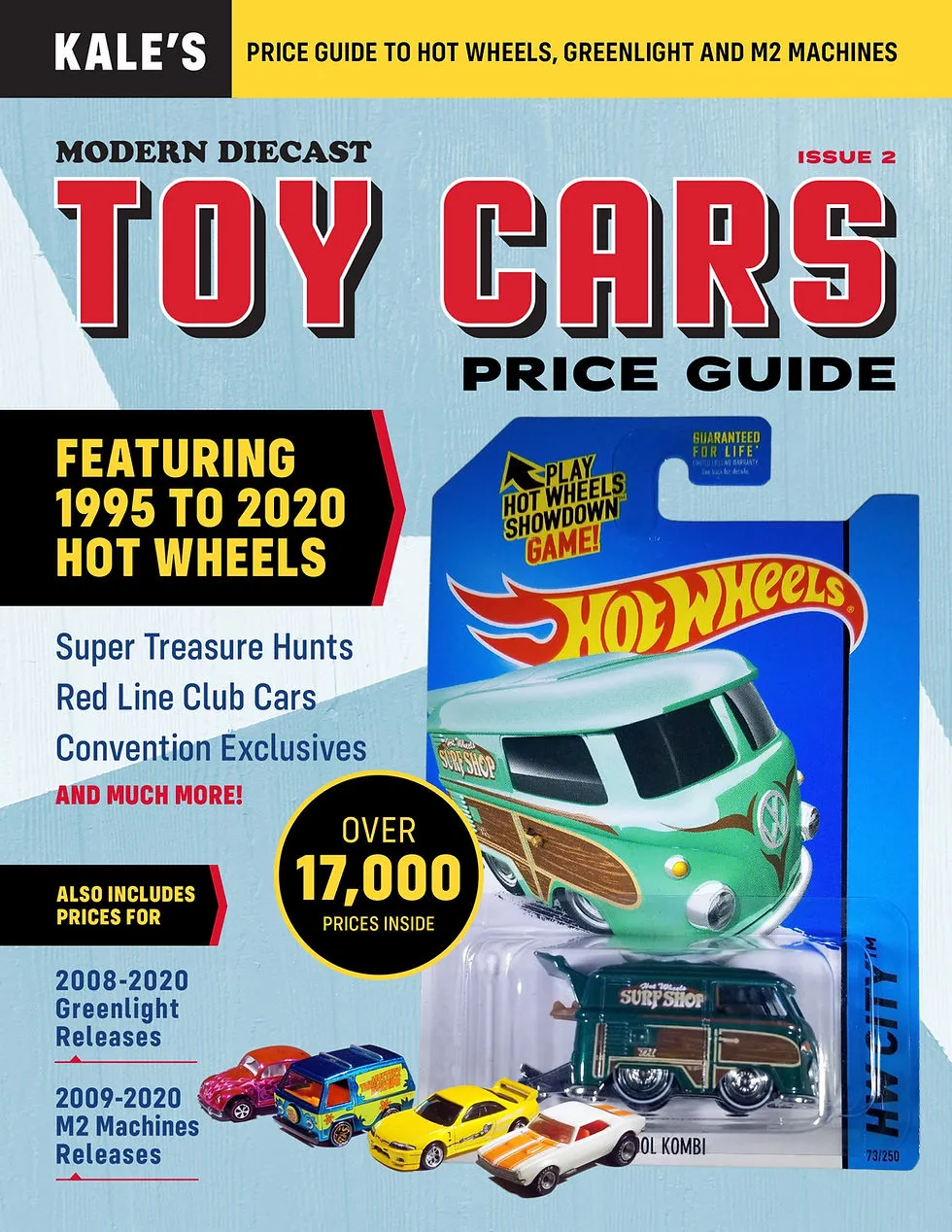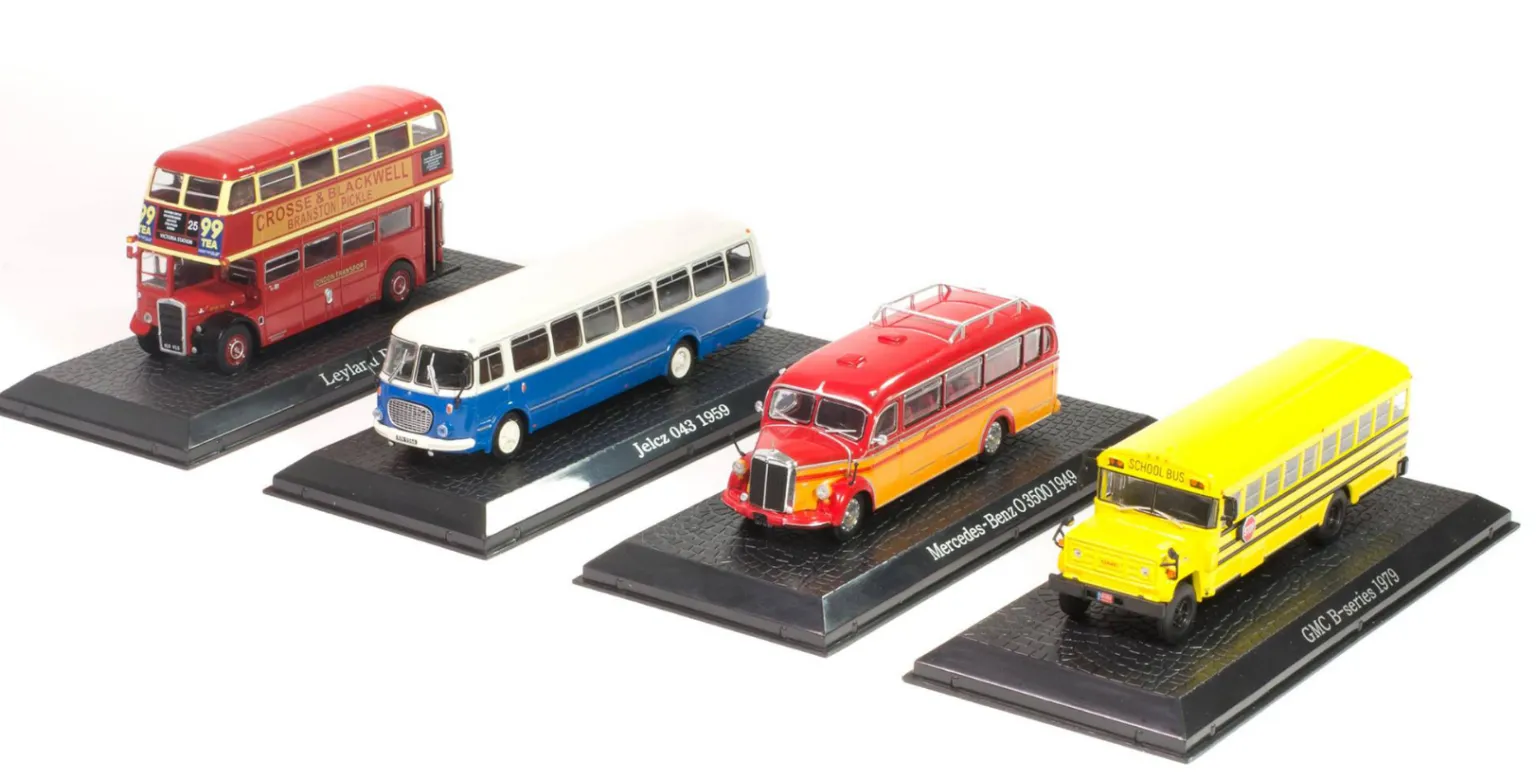Top 5 Tips for Diecast Toy Pricing
Navigating the world of diecast toy collecting can be incredibly rewarding, but understanding the value of your collection is essential. Whether you’re a seasoned collector or just starting, having a reliable diecast toy price guide is crucial. This guide provides you with essential insights to accurately assess the worth of your prized miniatures. These tips will help you make informed decisions when buying, selling, or simply admiring your collection. From researching market trends to assessing the condition of your toys, we’ll cover everything you need to know to become a savvy diecast toy enthusiast.
Researching Your Diecast Toys
Before you even think about pricing, thorough research is key. Knowing the specific model, manufacturer, scale, and any special features will significantly impact the value. Diecast toys come in various scales, from the popular 1:18 scale to smaller ones, each with its market. Identifying the manufacturer (e.g., Hot Wheels, Matchbox, Maisto, etc.) is also vital, as different brands have varying reputations and collectibility. Moreover, specific model details, such as limited editions, special paint jobs, or unique features, can dramatically increase the value. Take the time to gather as much information as possible, as it will make your pricing process much more accurate and efficient.
Where to Find Pricing Information

Once you have the essential details about your diecast toys, you need to find reliable sources for pricing information. There are several avenues you can explore to understand the market value of your toys. It’s a good idea to consult multiple sources to get a well-rounded understanding of current prices. You’ll quickly find the price ranges for similar items and get a better sense of how much your toys are worth. Here are some key places to research.
Online Auction Sites
Online auction sites such as eBay are invaluable resources for determining diecast toy prices. By searching for the specific model you have, you can see what similar toys have recently sold for. Check the ‘sold items’ filter to see the actual prices achieved, not just the asking prices. Pay attention to the condition of the toys and any included packaging, as these factors significantly influence the final price. Be aware that prices can fluctuate based on demand, so observing multiple listings over time can give you a clearer view of the market trends.
Diecast Toy Forums and Communities
Diecast toy forums and online communities are excellent places to learn about the market and get pricing advice. Collectors often share information on pricing, recent sales, and market trends. You can also ask questions about specific models or brands and get insights from experienced collectors. These communities offer a wealth of knowledge, and participating can give you a better understanding of market dynamics and the current demand for certain models. Many forums have sections dedicated to pricing, sales, and trades, which are particularly useful.
Condition is Key

The condition of your diecast toys is a critical factor in determining their value. Toys in mint condition, still in their original packaging (MIP) or mint in box (MIB), generally command the highest prices. Collectors are always looking for toys that are as close to their original state as possible. Any damage, such as scratches, dents, or missing parts, can significantly reduce the toy’s value. Carefully assess each toy, looking for any imperfections. Clean the toys gently and avoid any harsh chemicals that might damage the paint or decals. Proper storage is also essential to maintain the condition of your collection.
Assessing the Condition of Your Toys
When assessing the condition, look for the following aspects Rust or corrosion can indicate poor storage conditions and will impact the value. Scratches or paint imperfections also diminish the value of a toy. Missing parts are another significant concern that will affect the value. Be sure to examine the wheels, mirrors, and any small details. Check the original packaging, as the box’s condition is important for mint condition toys. A damaged box can greatly diminish the toy’s worth. Note any modifications or repairs, as these will impact the perceived value by collectors.
Impact of Packaging on Value
Packaging plays a crucial role in the overall value, especially for vintage or collectible diecast toys. Original boxes and packaging, especially those in good condition, can significantly increase the toy’s price. Collectors often prioritize toys that come with their original packaging, as it adds to the item’s authenticity and collectibility. If the box is torn, faded, or damaged, the toy’s value will decrease. If the toy is in the original packaging, consider the box condition as part of the overall evaluation. Always store packaged toys carefully to prevent damage that can affect the toy’s value.
Identifying Manufacturer and Model

Identifying the manufacturer and model of your diecast toy is fundamental to accurately determining its value. Each manufacturer, such as Hot Wheels, Matchbox, or Maisto, has its own history, production runs, and collector base. Knowing the specific model, including the year of production, is also essential, as some models are more sought after than others. Some models are highly sought-after collectibles and can fetch high prices. This information is vital for researching the market, finding price guides, and communicating with potential buyers or sellers. The more you know about the toy’s origins, the more accurately you can determine its worth.
Understanding Different Scales
Diecast toys come in various scales, with the most common being 1:18, 1:24, and 1:64. The scale refers to the size ratio between the toy and the actual vehicle. Different scales appeal to different collectors and have varying market values. For example, larger scale models (1:18) are often more expensive due to their size and detail. Understanding the scale is important for identifying the correct model and researching its value. Different scales are often collected as part of a set. Also consider the availability of models in certain scales when determining price.
Knowing the Production Run
The number of units produced during a model’s run significantly affects its value. Limited editions, which have a lower production run, are generally more valuable than mass-produced models. Manufacturers often release special edition models, sometimes with unique colors, features, or packaging, to increase their collectibility. Knowing the production numbers can help you assess the toy’s rarity and determine its market value. This information can be found through collector resources or by researching the specific manufacturer and model online. Models that were produced for only a short time are typically more valuable than those with longer production runs.
The Importance of Rarity

Rarity is a primary driver of value in the diecast toy market. The fewer of a particular model that exist, the more valuable it becomes. Rarity can stem from several factors, including limited production runs, special editions, and the toy’s age. Understanding what makes a toy rare can help you accurately price your collection. Rarity directly impacts the price, so assessing this is essential. Limited-edition releases, discontinued models, and toys with production errors are generally considered more valuable. The more rare a model is, the higher the potential price, especially among dedicated collectors who are always searching for unique additions to their collections.
Limited Editions and Special Releases
Limited editions and special releases are specifically designed to be rare and highly collectible. These models are often produced in smaller quantities and feature unique details such as exclusive paint schemes, special markings, or specific variations. Because they are produced in limited numbers, they are usually more valuable than standard models. Special releases often celebrate significant events, anniversaries, or collaborations with other brands. Collectors actively seek these models, which can drive up prices significantly. If you have a limited edition or special release, be sure to highlight its unique features when researching its value.
Factors Affecting Rarity
Several factors can contribute to a diecast toy’s rarity. One of the most important is the production run. Limited production runs inherently make a toy more valuable. Another factor is the toy’s age. Vintage models that are no longer in production can become rare over time. Production errors or variations also make a toy unique, increasing its value. Sometimes, the location of sale can impact rarity; a model exclusive to a certain region might be rare elsewhere. The toy’s condition greatly impacts rarity, with models in mint condition fetching the highest prices.
Using Pricing Guides and Catalogs

Price guides and catalogs provide a starting point for determining the value of your diecast toys. These resources offer detailed information on various models, including their historical values. Both online and printed resources can be helpful, and using both to get a better understanding of prices is advisable. However, it is important to remember that these guides should only be used as a starting point; actual market prices can vary. The information found within these guides can help you. Always consider the condition, rarity, and current market demand when determining your final price.
Online Price Guides
Online price guides provide real-time pricing information and are updated frequently. Websites and online databases provide pricing data. Look for sites that specialize in diecast toys or collectibles. These resources often allow you to search by manufacturer, model, and year. Online guides often incorporate data from recent sales on auction sites like eBay. Online price guides usually provide more up-to-date information than printed catalogs. Using multiple guides can help you get a more comprehensive picture of current market prices.
Printed Catalogs and Price Guides
Printed catalogs and price guides are valuable for assessing the historical value of your diecast toys. Many collectors prefer printed guides as they can be easier to read and consult. While these guides may not reflect the very latest market trends, they can provide a valuable baseline. These guides often offer detailed information about various models, including production years, variations, and rarity. Collecting several catalogs is a good way to understand market value. These guides also provide valuable insights into the history and background of various models and brands, which collectors often find interesting.
Negotiating the Best Price

Once you’ve done your research and assessed the value of your diecast toys, the final step is negotiating the best price. Whether you’re selling or buying, this is a crucial skill. Understanding the market, knowing your toys’ condition, and being prepared to justify your price are essential. Be ready to provide evidence to support your asking price. If you are buying, don’t be afraid to offer a lower price. Always be respectful and professional when negotiating. Your preparation will increase your chances of successful negotiations.
Negotiation is a key skill to master to succeed in the diecast toy market. It allows you to get the best deals when buying and ensures you get a fair price when selling. When selling, clearly communicate the value of your toy. When buying, be polite, but firm in your price. Both sides of the negotiation should be happy. By knowing the market, you’ll be in a better position to make informed decisions, and you’ll be more likely to get a good deal. Whether you’re a seasoned collector or new to the hobby, these tips can help you confidently navigate the diecast toy market. By following these tips, you can confidently assess the value of your diecast toys and make informed decisions when buying, selling, or expanding your collection. Happy collecting!
